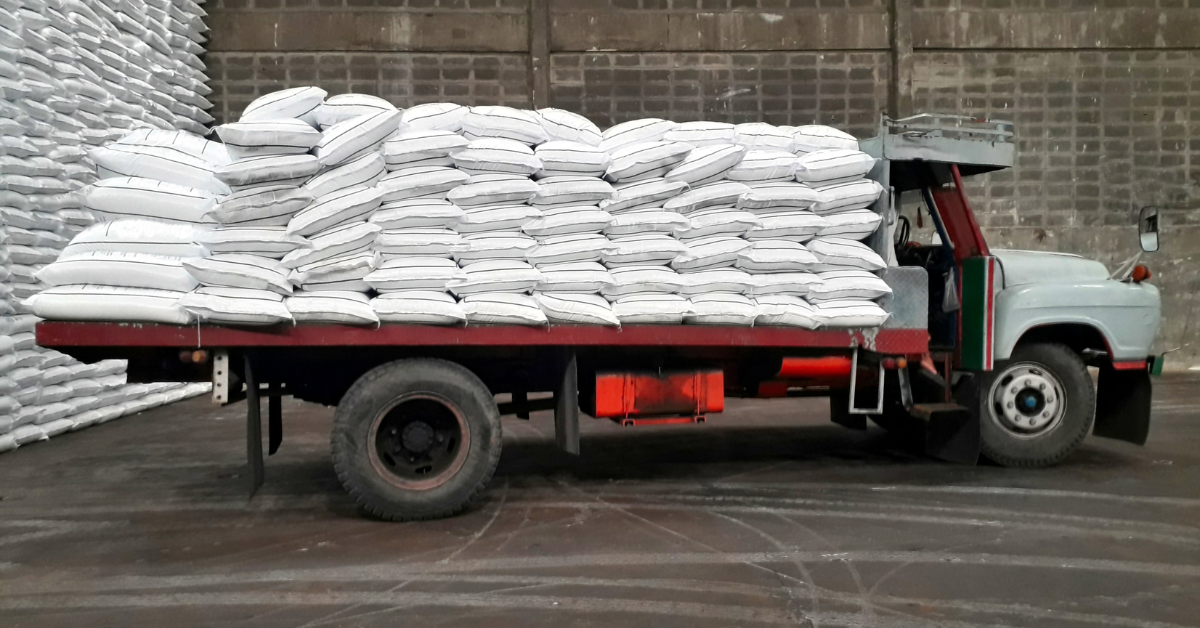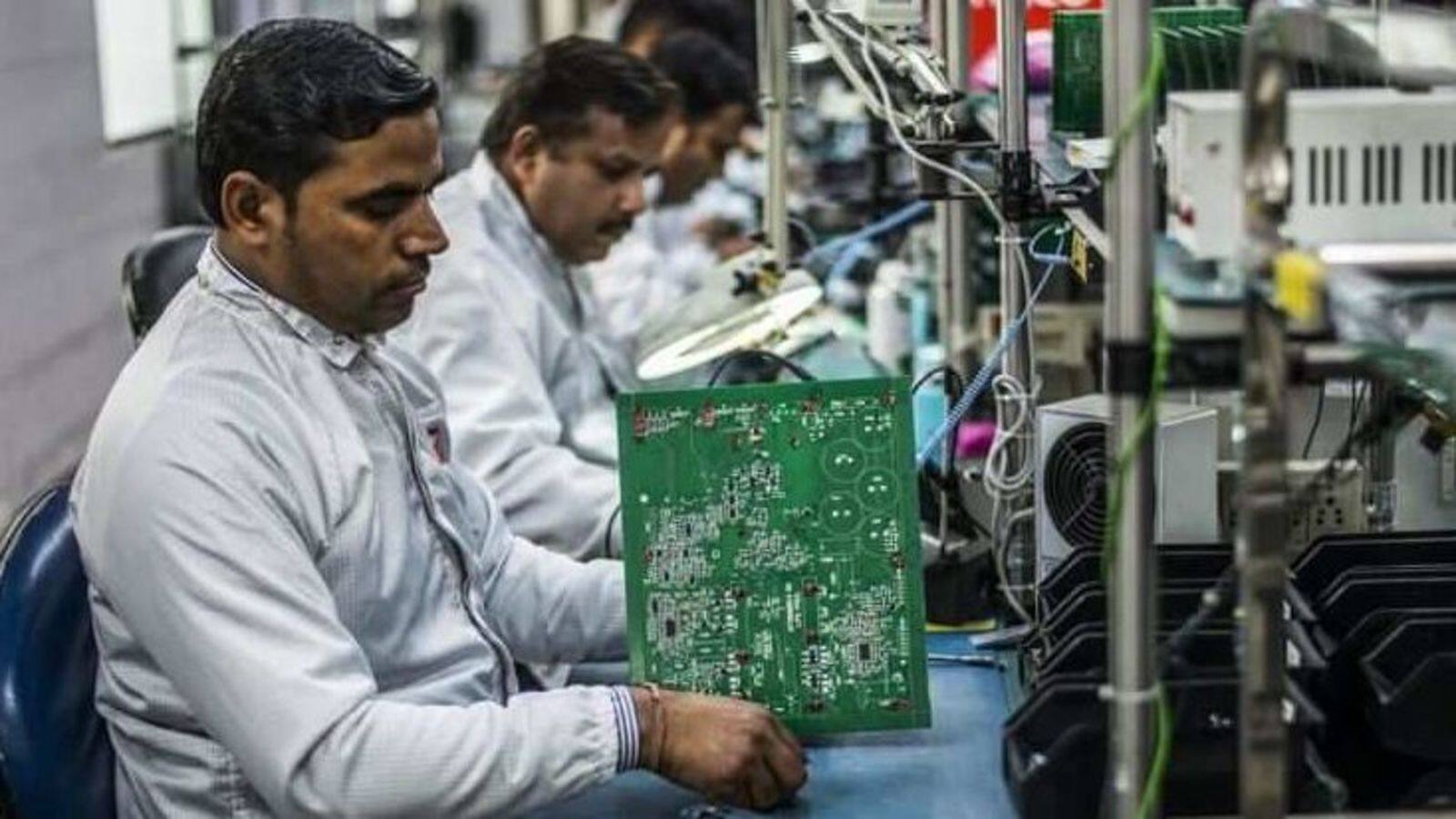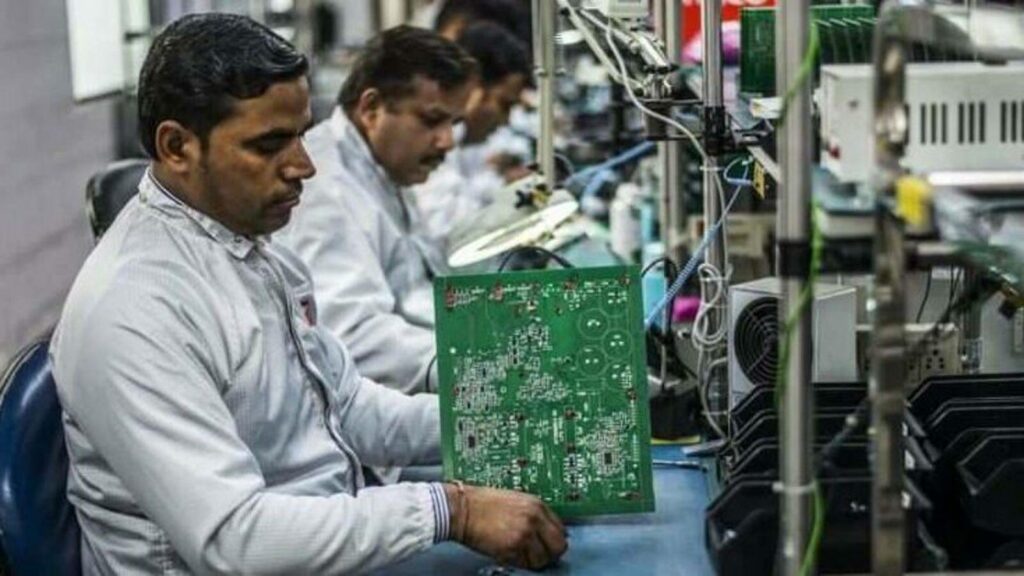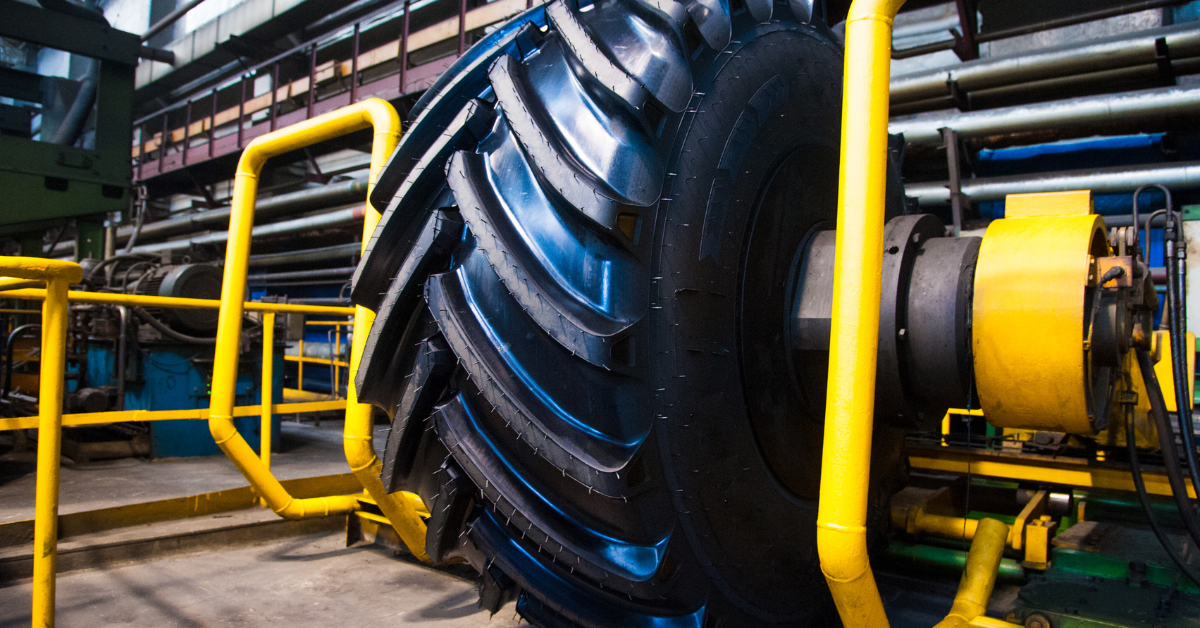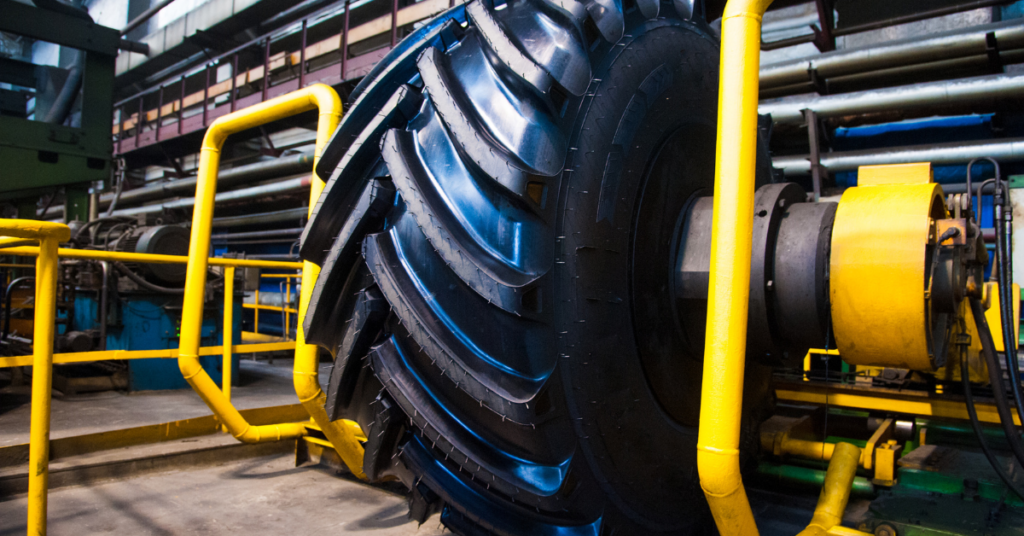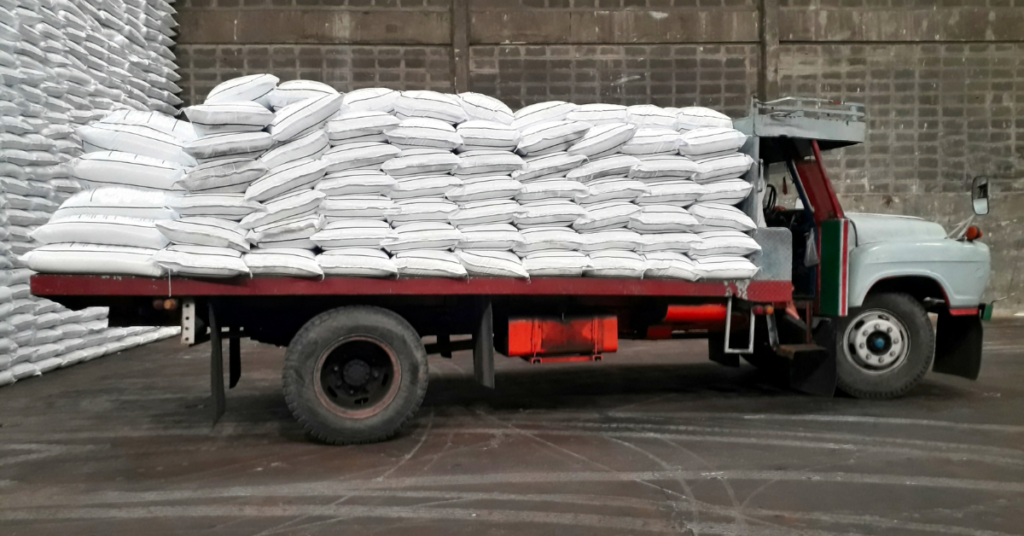
Government Purchase of MSME Goods Reaches Record High in FY24
In the financial year 2023-24, central public sector enterprises (CPSEs) set a new record in the procurement of goods and services from micro and small enterprises (MSEs). According to the MSME Ministry’s public procurement monitoring portal, MSME Sambandh, CPSEs procured goods worth Rs 75,253 crore from MSEs in FY24, marking a 16.2 percent increase from Rs 64,721 crore in FY23.
Under the procurement policy, CPSEs are required to source at least 25 percent of their total procurement value from MSEs each year, with specific allocations: 4 percent from MSEs owned by SC/ST entrepreneurs and 3 percent from those owned by women entrepreneurs.
The updated data on the portal, as of April 11, showed FY24 procurement at Rs 58,744 crore, indicating a significant update in the government’s figures. Earlier reports had shown a decline based on the available data at that time.
In FY24, purchases from MSEs accounted for 35.6 percent of the total procurement, benefiting 2.18 lakh enterprises, compared to 37.1 percent in FY23, which involved 2.36 lakh enterprises.
Procurement from SC/ST and women entrepreneurs amounted to Rs 1,406 crore (0.67 percent) and Rs 2,609 crore (1.24 percent) respectively, within the 25 percent minimum procurement share from MSEs. Comparatively, FY23 saw slightly higher procurement from SC/ST entrepreneurs at Rs 1,546 crore but lower from women-led MSEs at Rs 2,318 crore.
Additionally, the Government eMarketplace (GeM), the commerce ministry’s e-commerce portal, reported over Rs 4 lakh crore in gross merchandise value (GMV) for FY24, doubling the Rs 2 lakh crore GMV of FY23. The order volume for FY24 was 62.79 lakh.
The success of GeM has drawn interest from other countries in Asia and Africa, looking to emulate the model. As reported earlier, GeM is the third-largest public procurement platform globally, following South Korea’s KONEPS and Singapore’s GeBIZ.
